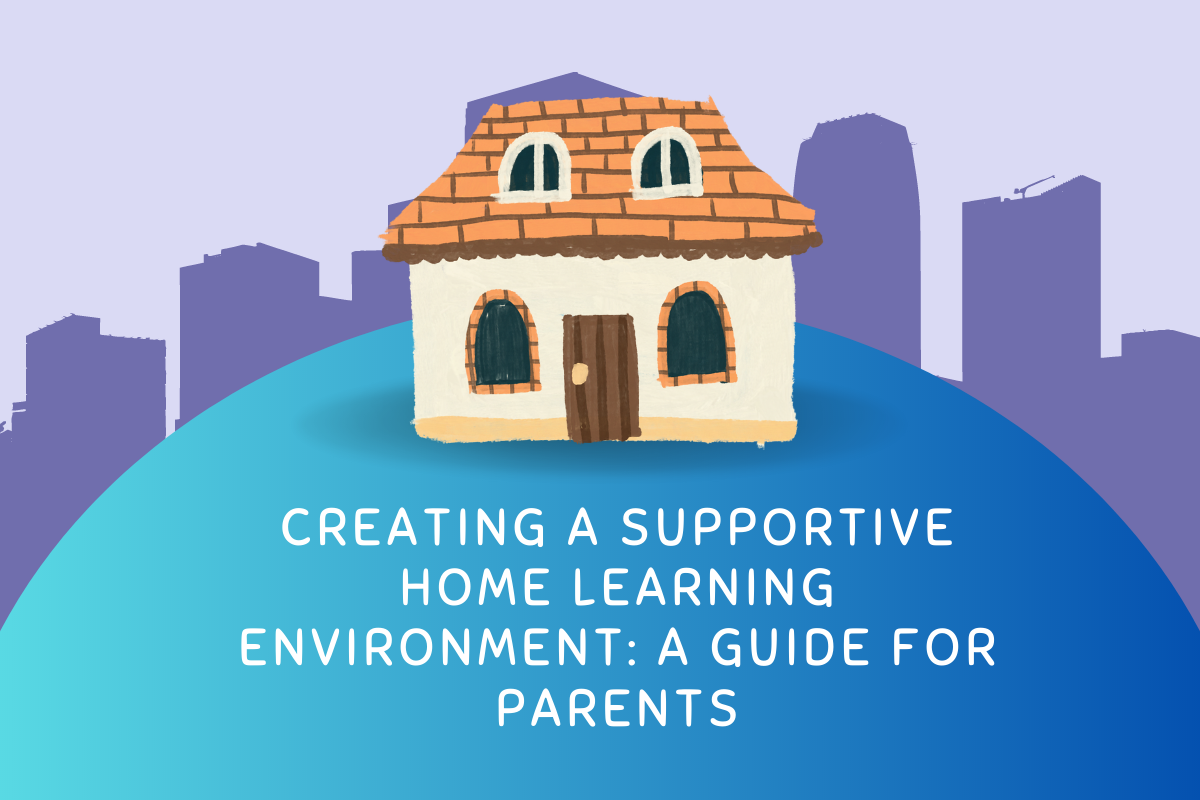Creating a Supportive Home Learning Environment: A Guide for Parents
By~ Scholar Planet
Created At: 22 Jul, 2023

The world of education has
evolved significantly, and home learning has become an integral part of a
child's academic journey. Whether it's due to remote learning requirements or a
desire to supplement classroom education, creating a supportive home learning
environment is essential for a child's success. As parents, you play a crucial
role in shaping this environment, fostering a positive and conducive space for your
child's academic growth. In this article, we will explore practical tips to
help parents create an environment that nurtures learning and supports their
child's educational development.
1. Establish a Dedicated Learning
Space
One of the first steps in creating
a supportive home learning environment is to set up a designated learning
space. Ideally, this area should be free from distractions and have all the
necessary tools and materials at hand. A quiet corner of the house, a well-lit
room, or a study desk can be transformed into an engaging and inspiring
learning zone.
2. Encourage Regular Routines
Routines provide structure and
predictability, which is vital for a child's learning journey. Encourage your
child to follow a consistent daily schedule that includes dedicated study time,
breaks, and other activities. Having a set time for learning helps children
focus better and enables them to develop good study habits. However, be
flexible enough to accommodate your child's unique learning pace and preferences.
3. Emphasize the Importance of
Communication
Effective communication is the
key to understanding your child's needs and concerns related to home learning.
Create an open and supportive atmosphere where your child feels comfortable
discussing their academic challenges and successes. Listen attentively to their
thoughts and provide encouragement and reassurance when needed.
4. Utilize Technology Wisely
Technology can be a valuable
educational tool when used wisely. Ensure that your child has access to appropriate
learning resources, educational apps, and online platforms. Supervise their
online activities to maintain a safe and constructive digital environment. Encourage
a healthy balance between digital learning and offline activities to support
overall well-being.
5. Incorporate Fun and Hands-on
Activities
Learning doesn't have to be
limited to textbooks and assignments. Integrate fun and hands-on activities
into the learning process to make it more enjoyable and engaging. Conduct
science experiments, explore nature, cook together while learning math, or
engage in creative arts and crafts projects. Such activities not only reinforce
academic concepts but also create cherished bonding moments.
Creating a supportive home
learning environment is a collaborative effort that involves parents,
caregivers, and educators. By following these tips and tailoring them to suit
your child's unique learning style, you can foster an environment that nurtures
a love for learning, promotes academic growth, and lays the foundation for a
successful future. Remember that each child is different, so stay attuned to
their needs and interests, and together, you can build a home where learning
flourishes.
To assist parents in being more
involved with their child’s development, we at Scholar Planet provide a
dashboard for parents where they can regularly check their child’s progress.
Download the Scholar Planet app
to explore:
